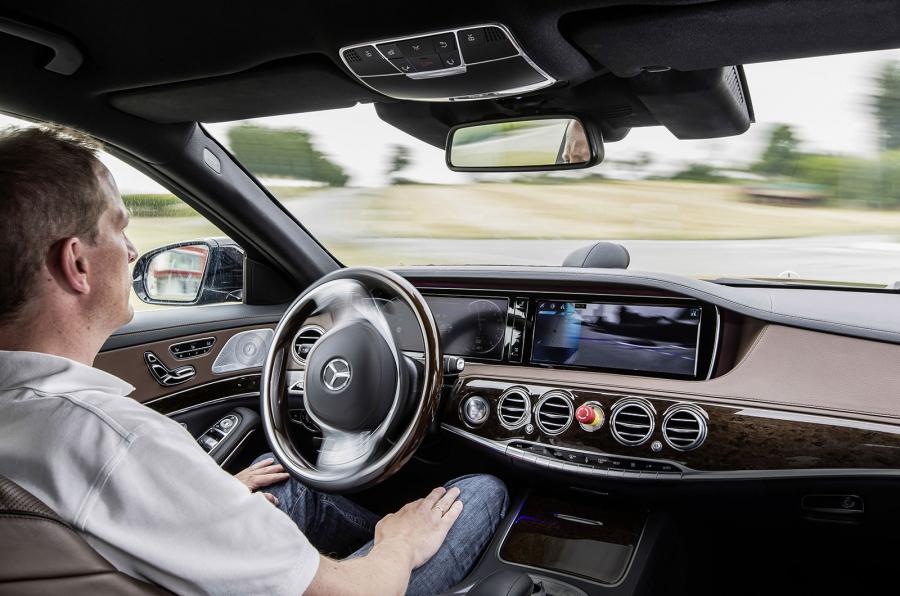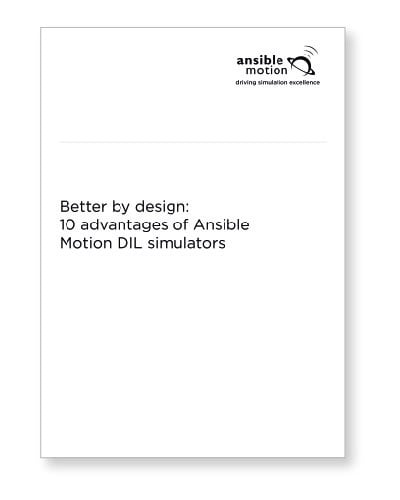 Autonomous cars are coming, bringing with them a new definition of the daily commute. As the responsibility of driving passes to artificial intelligence (AI) systems, everybody becomes a passenger with time on their hands. The question then will be about how to spend that time – sleeping, catching up on work, watching a film or reading. Proponents suggest the possibilities are limitless – but are they really?
Autonomous cars are coming, bringing with them a new definition of the daily commute. As the responsibility of driving passes to artificial intelligence (AI) systems, everybody becomes a passenger with time on their hands. The question then will be about how to spend that time – sleeping, catching up on work, watching a film or reading. Proponents suggest the possibilities are limitless – but are they really?
The elephant in the room
“When vehicles can start catering more to our needs, we will see commuting not as a grind but as part of entertainment or work. It’s going to be part of our lives and not just this kind of weird twilight zone in between, which is what it is today,” predicted Luis Cilimingras, Managing Director of design and innovation specialist IDEO London. However, already there’s a problem – and it comes in the form of motion sickness. Cilimingras estimates that about one-third of people looking at their phone in a car experience “a high degree” of motion sickness. With even more such activity expected to take place in self-driving vehicles – to which should be added the seemingly myriad possibilities being conjured up by interiors and electronics suppliers – Cilimingras was keen to offer up a large dose of reality: “These are things that need to be taken care of.”

Most passengers who have tried to read in the back of a car for any length of time find out the entertainment value comes at the cost of motion sickness. That won’t go away just because the car can drive itself. “It’s probably the elephant in the room of the whole scenario,” warned Phil Morse, Technical Liaison, Commercial Group at simulator provider Ansible Motion. “If you have ever endeavoured to read a book or engage in some visual task inside a car as a passenger, then you know what happens.”



